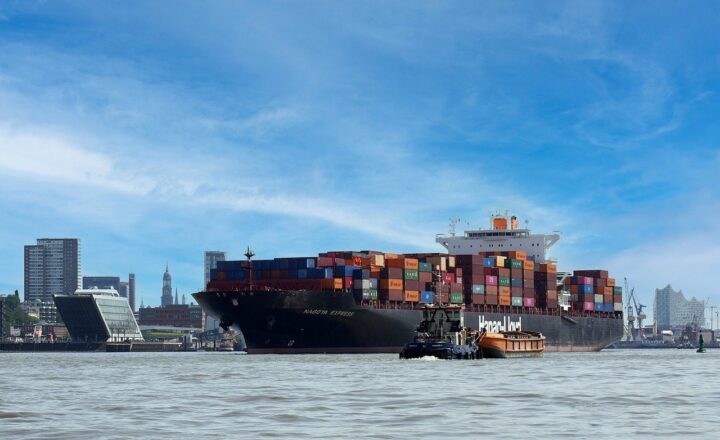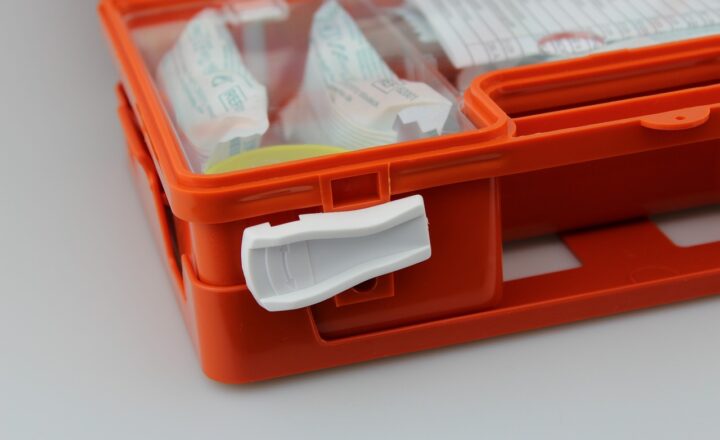The Role of the Military in Public Health Crises: Supporting Communities in Need
November 13, 2024

Public health crises, ranging from natural disasters to pandemics, often overwhelm local healthcare systems and expose the vulnerabilities of communities. In such scenarios, the military emerges as a pivotal force, stepping in to provide critical support in terms of logistics, manpower, expertise, and resources. This article delves deep into how the military contributes during public health emergencies, illustrating the multifaceted roles they play while emphasizing the importance of collaboration between civilian and military entities.
1. Historical Context: Military Involvement in Public Health
The military has played a significant role in public health crises throughout history. Notable instances include:
- World War I and II: Military medics and units provided frontline healthcare and managed health-related logistics in war zones, which paved the way for future medical support systems in civilian emergencies.
- The Vietnam War: The military’s medical teams conducted vaccination programs and public health education in Southeast Asia, responding to outbreaks and improving local healthcare quality.
- Post-9/11 and the Garrison Health System: The military established integrated health systems that not only catered to service members but also provided assistance to civilian healthcare systems in crisis scenarios.
These examples underscore the military’s capability to mobilize quickly and effectively, offering much-needed support during health emergencies.
2. Roles of the Military in Public Health Crises
During public health emergencies, the military undertakes various roles, including but not limited to:
a. Logistics and Supply Chain Management
During crises, logistics become paramount. The military possesses unique capabilities in moving supplies, personnel, and equipment to affected areas efficiently. Their expertise in supply chain management ensures timely delivery of medical supplies, food, and shelter materials. Military logistics teams employ advanced strategies to mitigate supply chain disruptions, prioritizing critical needs.
b. Medical Support and Emergency Response Teams
Military medical personnel are trained to respond to emergencies. They provide:
- Emergency Medical Response: Setting up triage units, providing immediate medical attention, and establishing field hospitals in overwhelmed areas.
- Vaccination and Screening Programs: Organizing campaigns to vaccinate populations against preventable diseases, as seen during the COVID-19 pandemic.
- Hospital Support: Deploying medical personnel to augment civilian healthcare staff during surges in patient volume, ensuring healthcare systems can remain operational.
c. Research and Data Analysis
Military researchers conduct vital studies during public health emergencies. They analyze data to:
- Track Disease Outbreaks: Collaborating with health agencies to monitor and predict the spread of diseases through resource allocation and population health analysis.
- Develop Treatment Protocols: Conducting clinical research, particularly in emergencies involving biological threats, to develop effective response strategies.
d. Community Engagement and Education
Community outreach is a vital aspect of managing public health crises. The military aids in:
- Public Health Messaging: Educating communities on hygiene practices, vaccination importance, and disease prevention measures.
- Collaboration with Local Agencies: Partnering with civilian organizations to facilitate effective communication and resource distribution.
- Supporting Vulnerable Populations: Deploying teams to ensure that marginalized, at-risk communities receive the care they need during crises.
3. Case Studies of Military Involvement in Recent Public Health Crises
To illustrate the military’s role, consider:
a. The Ebola Outbreak (2014-2016)
During the Ebola outbreak, the U.S. military was deployed to West Africa to provide medical support, construct treatment facilities, and train local healthcare providers on infection control measures. Military personnel worked closely with organizations like the CDC and USAID to contain the outbreak and prevent further spread.
b. The COVID-19 Pandemic (2020-Present)
In response to the COVID-19 pandemic, the military mobilized logistics teams, set up field hospitals, and provided medical support where civilian systems were overwhelmed. Notably, military nurses and doctors deployed to assist in hotspots like New York and California, demonstrating effective resource allocation and rapid response.
Military members also aided in vaccine distribution efforts, utilizing their infrastructure and logistics expertise to reach underserved communities effectively.
4. Challenges and Considerations in Military Involvement
While the military plays a vital role in public health crises, challenges exist:
- Coordination with Civilian Entities: Effective collaboration is crucial. Miscommunication between military and civilian agencies can hinder response efforts.
- Public Perception and Trust: Communities may have reservations about military involvement in health crises. Building trust and transparency is essential for effective engagement.
- Resource Limitation: The military’s ability to assist may be limited by deployment schedules, funding, and operational capacity, requiring strategic planning and resource allocation.
Mitigating these challenges is key to a successful partnership between military and civilian health organizations.
5. The Future Direction: Strengthening Military-Civilian Partnerships
Going forward, creating robust frameworks for military involvement in public health will be essential. This includes:
- Joint Training Exercises: Regular joint training sessions between military and civilian health workers to facilitate smoother collaboration during emergencies.
- Developing Communication Protocols: Establishing clear protocols to enhance coordination and information-sharing between military entities and public health agencies.
- Focus on Research and Data Sharing: Encouraging joint research initiatives to learn more about public health crises and improve response strategies for future emergencies.
These measures aim to ensure that the military remains a vital partner in safeguarding public health, capable of responding efficiently and effectively to crises.
Conclusion
The military’s involvement in public health crises is indispensable. Their rapid mobilization, logistical capabilities, and medical expertise help mitigate emerging threats and support communities in dire need. As we navigate future health challenges, strengthening partnerships between military and civilian health entities will be crucial for enhancing overall public health response and resilience.
This collaborative approach ensures communities receive the necessary support when faced with health emergencies, fostering a sense of security and trust in public health systems.








